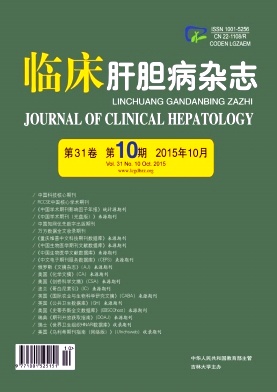Objective To investigate the prevalence of cholelithiasis in the employees of Kailuan Corporation and to provide a reference for effective preventive measures. Methods A total of 101 510 in- service or retired employees of Kailuan Corporation were recruited. All of them completed checkups organized by Kailuan Corporation from June 2006 to October 2007. The cholelithiasis examination data of 1133 employees were lost and the data of 100 377 employees were finally included in the statistical analysis. Questionnaire survey,blood biochemical examination,and ultrasound examination of the gallbladder were carried out. According to the ultrasound examination results,the subjects were divided into cholelithiasis group and non- cholelithiasis group. Comparison of the means between the two groups was made by t- test and comparison of the incidence rates between the two groups was made by chi- square test. The risk factors for cholelithiasis were assessed using multiple logistic regression analysis. Results There were 80 129 males and 20 248 females in the 100 377 subjects. Their ages ranged from 18 to 98 years( mean,51. 89 ± 12. 66 years). There were 98 109 subjects without cholelithiasis and 2268 subjects( 2. 3%) with cholelithiasis. The females had a significantly higher incidence of cholelithiasis compared with the males( 2. 5% vs 2. 2%,χ2= 4. 60,P =0. 033). The incidence rate of cholelithiasis increased with age in both men and women. According to the result of logistic regression analysis,sex,age,body mass index,occupation,fasting plasma glucose,high- sensitivity C- reactive protein( hs- CRP),and cholecystitis were all risk factors for cholelithiasis and the odds ratios( 95% confidence interval) of them were 0. 765( 0. 687- 0. 853),1. 439( 1. 388-1. 493),1. 403( 1. 282- 1. 535),0. 821( 0. 706- 0. 955),1. 234( 1. 075- 1. 416),1. 080( 1. 022- 1. 142),and 12. 519( 10. 678-14. 678),respectively. Conclusion People with advanced age,female sex,obesity,hyperglycemia,high hs- CRP,cholecystitis,or unhealthy lifestyle have high risk of cholelithiasis.







 DownLoad:
DownLoad: